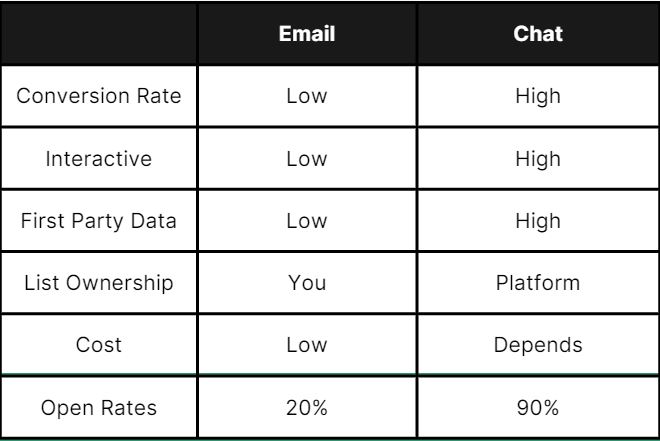Top 7 Email Marketing Trends in 2023
The new year is a great time to look ahead and try to project key trends for the coming year. Changes are expected across all channels, including e-mail marketing which has been a staple of digital promotion campaigns for decades and remains a top earner for numerous businesses.
Some e-mail marketing trends are already gaining steam, and it’s very likely they will continue throughout the next year. Here is a rundown of areas to pay close attention to heading into 2023:
1. Email Marketing Automation
2. Deeper Level Of Personalisation
3. Interactive Content
4. AI & Conversations
Modern linguistic AI tools are very effective at recognising hidden trends and optimising the content of an e-mail campaign based on the objectives and audiences. These tools can be valuable at every stage of a campaign, from shaping its overall structure to composing individual lines of text to include in a specific e-mail response. AI can significantly contribute to automation and personalisation, and has the potential to unlock a whole new level of interaction if used strategically and in alignment with other elements of an e-mail campaign.
5. Privacy Protection
6. Newsletters
7. Collecting High Quality Data
8. Chat Marketing Mix
How people discover, decide, buy, share and become brand advocates is a process that has moved online, and increasingly mobile. More recently, the rise of real-time messaging has led to a seismic shift in how people prefer to connect with businesses. We are not saying social messaging automation will or even should replace your email campaigns but rather work alongside them to enhance and create more touchpoints along the path to sale. Social messaging bots can have CTRs ranging from 20% to 60%, that’s 8X more clicks than the average email campaign! Messenger bots also outperform email campaigns when it comes to open rates, with Messenger open rates ranging from 70% to 90%, much higher than the 15% to 25% open rates you experience with email. In 2023 you’ll start to see more brands collecting emails via social messaging automation.








